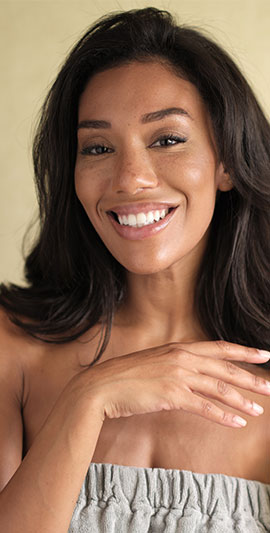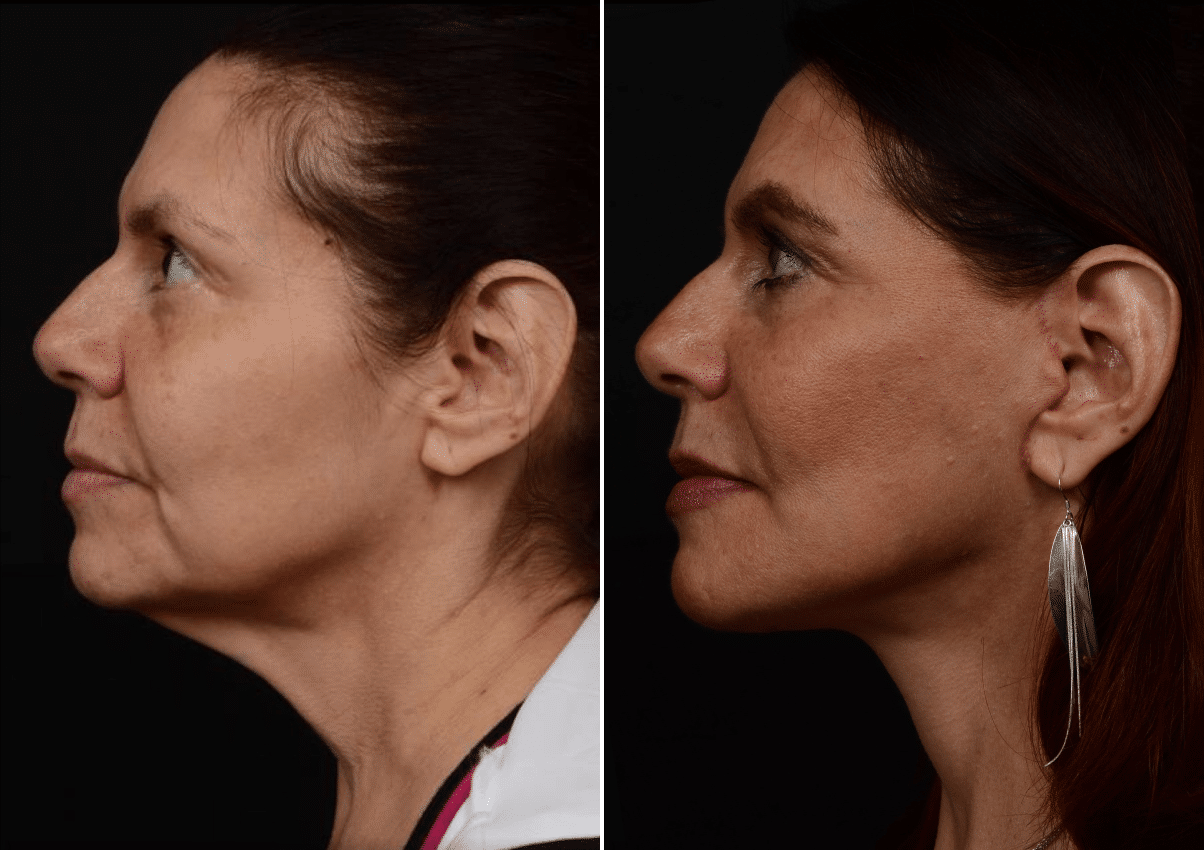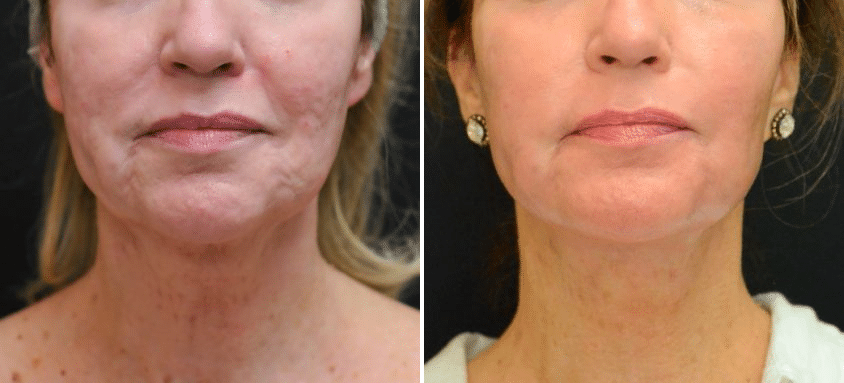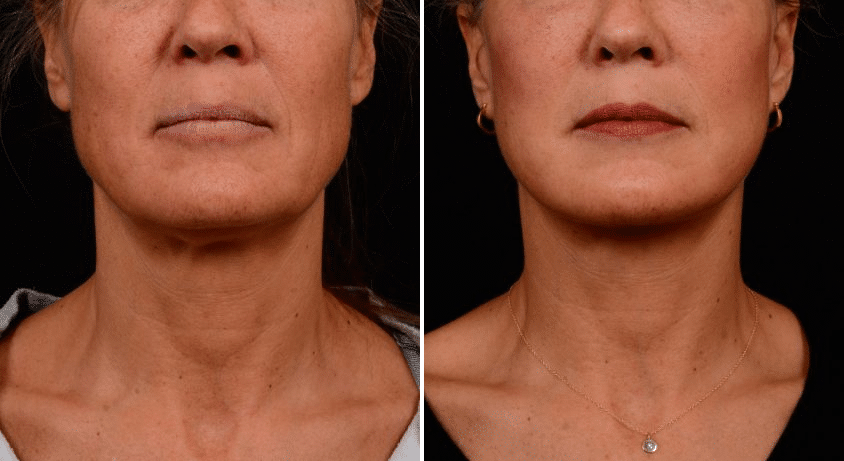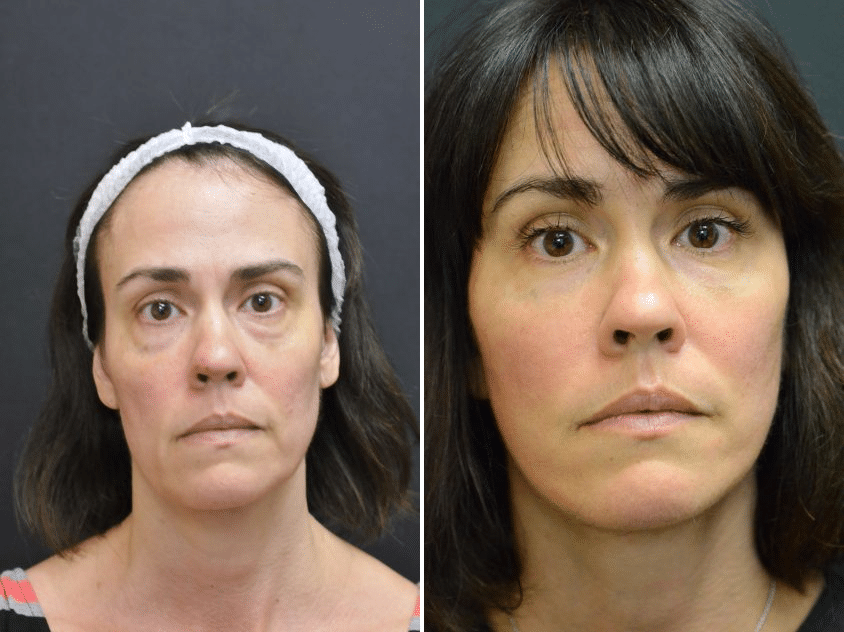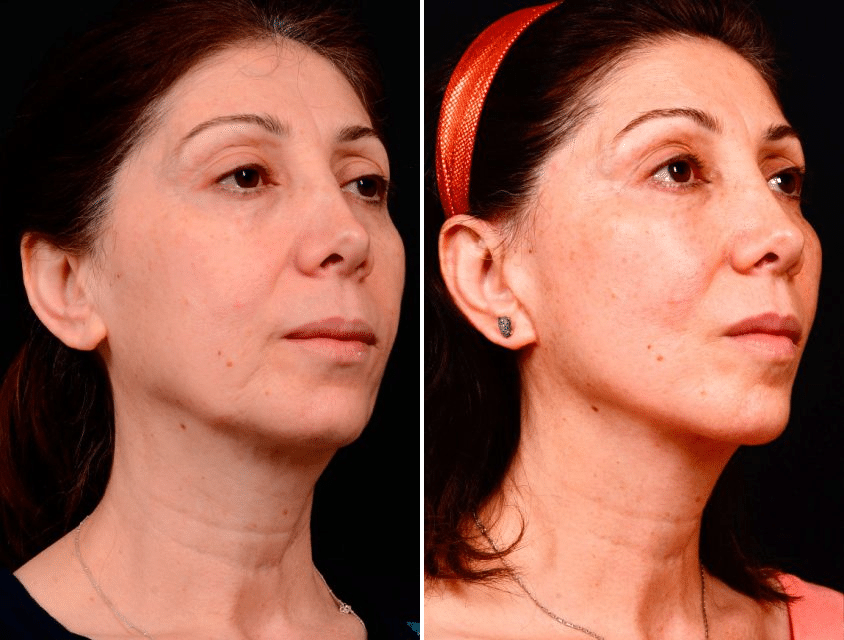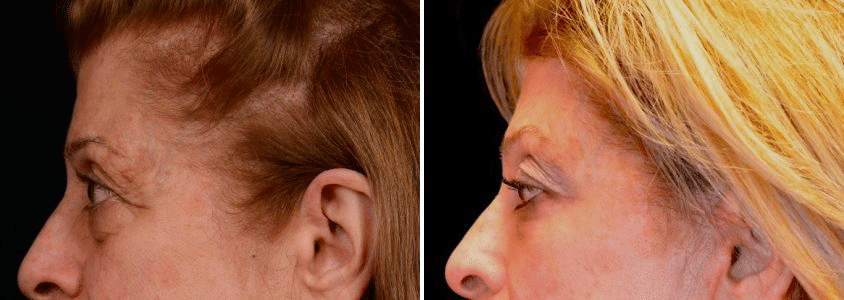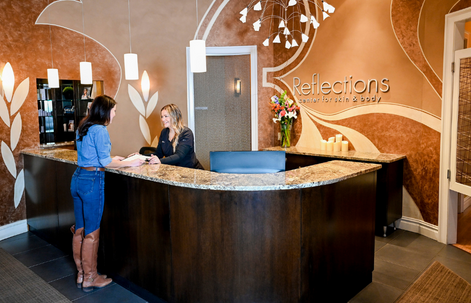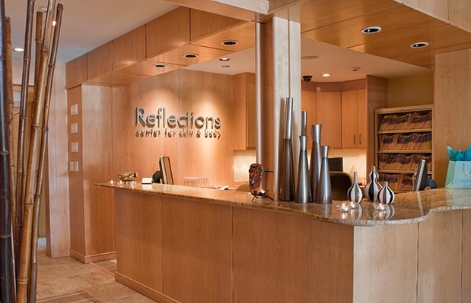Fat grafting, or fat transfer, is a procedure where a skilled plastic surgeon takes fat from your body (usually the problem areas you’ve been wanting to lose anyway – your belly or love handles) and transfers that fat into your face, recreating youthful fullness and rounded contours. Fat is remarkable in its ability to live happily and healthily in its new home for many, many years.
Think of this procedure as an all-natural, permanent alternative to fillers for dark circles, full-face rejuvenation, restoring cheekbones, and more!
Facial Fat Transfer Quick Facts
- Uses your own fat, taken from your midsection
- Used like filler to rejuvenate and sculpt
- Natural-looking results
- Results are essentially permanent
- Performed by a board certified plastic surgeon with over 20 years of experience
As we age, we lose fat in our faces. It’s funny because we don’t often think we want to hold onto fat, but this is an exception. Fat in the face gives us a healthy, youthful look. As we age and that fat starts to move down the face and melt away, we take on a hallow, unhealthy appearance. The area under our eyes often sinks in, giving us a tired appearance.
What Happens During A Facial Fat Transfer Treatment
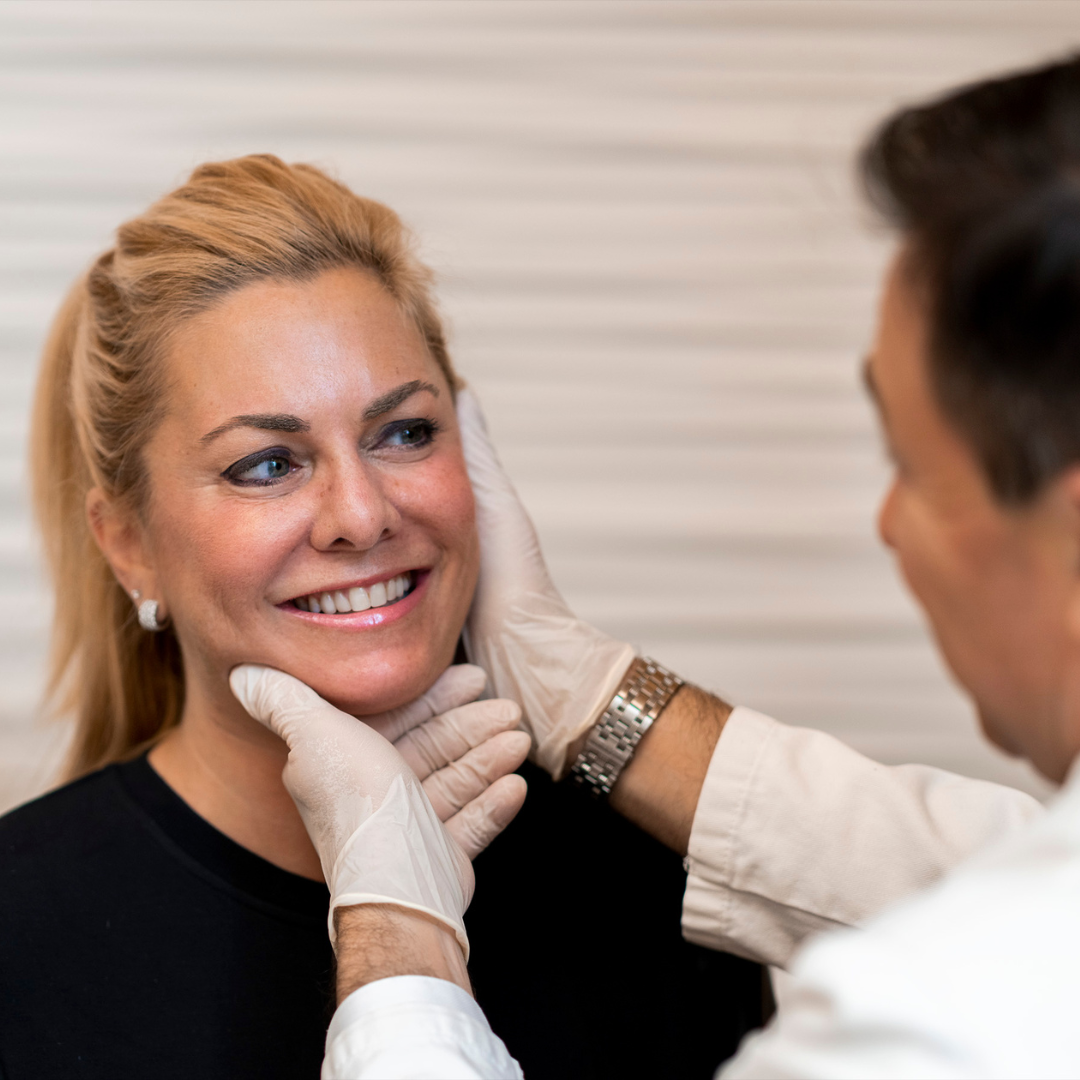
Facial Fat Transfer Procedure Process
For the past century, plastic surgeons have been perfecting the fat transfer process to maximize the results.
We now know that fat cells taken from the central adipose tissues in the love handles and stomach area have a higher concentration of stem cells than fat from other areas of the body. Selecting these cells for transfer gives us a better outcome because the healing process is helped by those stem cells. Plastic surgeons also agree that injecting fat into areas where the skin is already lax (i.e. the skin has already been stretched and can accommodate the additional volume without pulling or tightness) gives fat ample room to survive the grafting and live for a very long time in that location. This differentiates fat transfer in the face from other areas of the body and explains why fat cells transferred to the face to replace lost volume enjoy a much higher survival rate than those used for augmentation in other procedures.
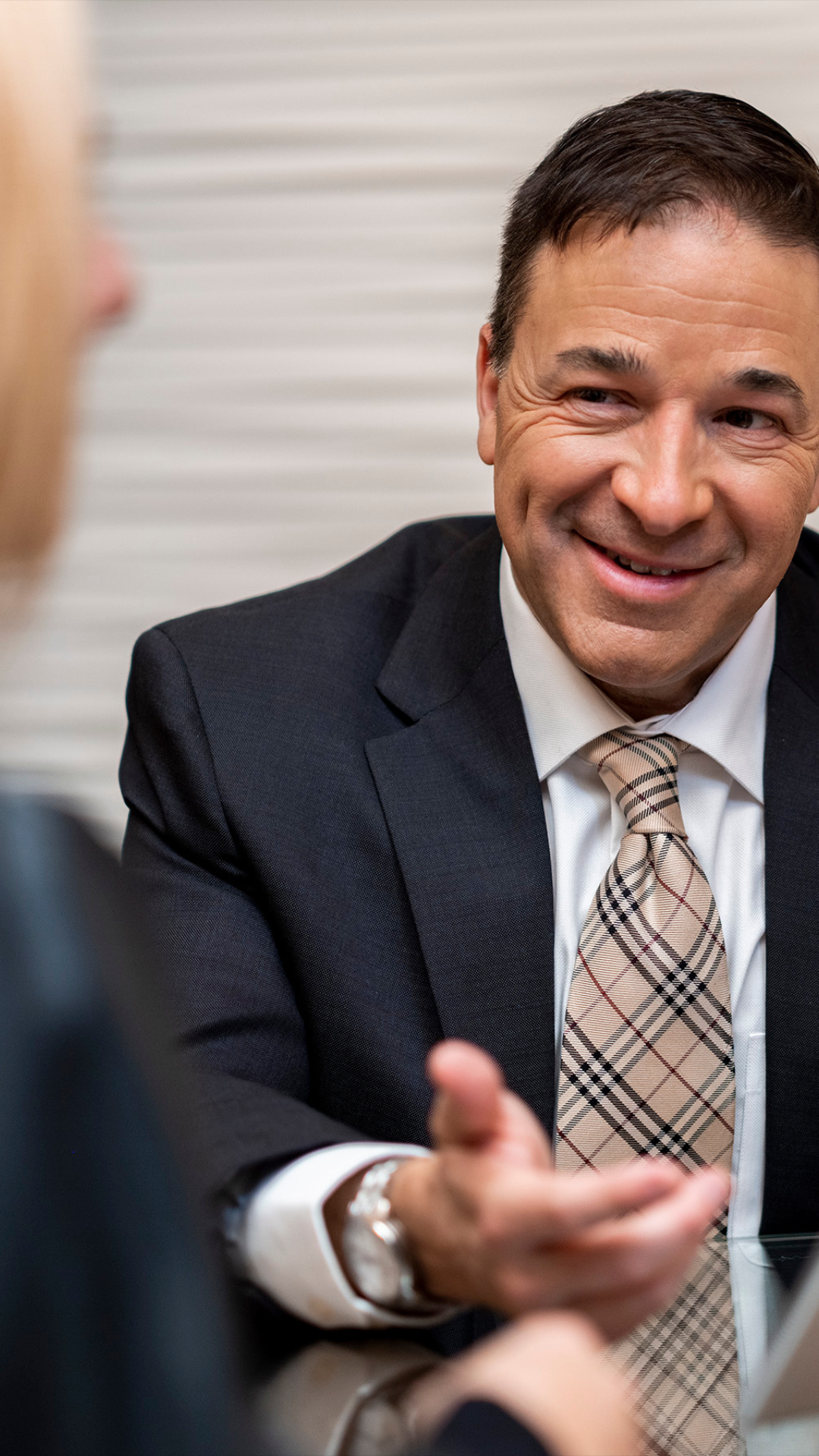
Recovery
In making sure you make the most of your investment in fat transfer for facial rejuvenation, there are a few things you can do to make sure you get the very best results. The first is to choose a skilled, artful plastic surgeon with a great deal of experience in using fat grafting for facial rejuvenation. Fat grafting which restores lost volume is a 3-dimensional art form, and really requires the surgeon to do a detailed analysis of the changes to underlying structural tissues in your face. This is one of the more technically difficult procedures in facial rejuvenation, but if done properly, you will look naturally refreshed for many years to come.
Second, you should take precautions to protect the transferred fat during your recovery. Because there aren’t any suture lines, and most patients feel really good after surgery, we often have to remind patients that they are still in a recovery period after surgery. Your newly grafted fat cells will need to be protected from any physical trauma or compression that might cause them to lose blood supply. Establishing blood supply to these cells is the key to your fat surviving and thriving in its new home. During your consultation, we will discuss how to avoid any activities or movements that might cause undue stress or otherwise slow the healing process.

View More Facial Fat Transfer Before & After Images
More Before & Afters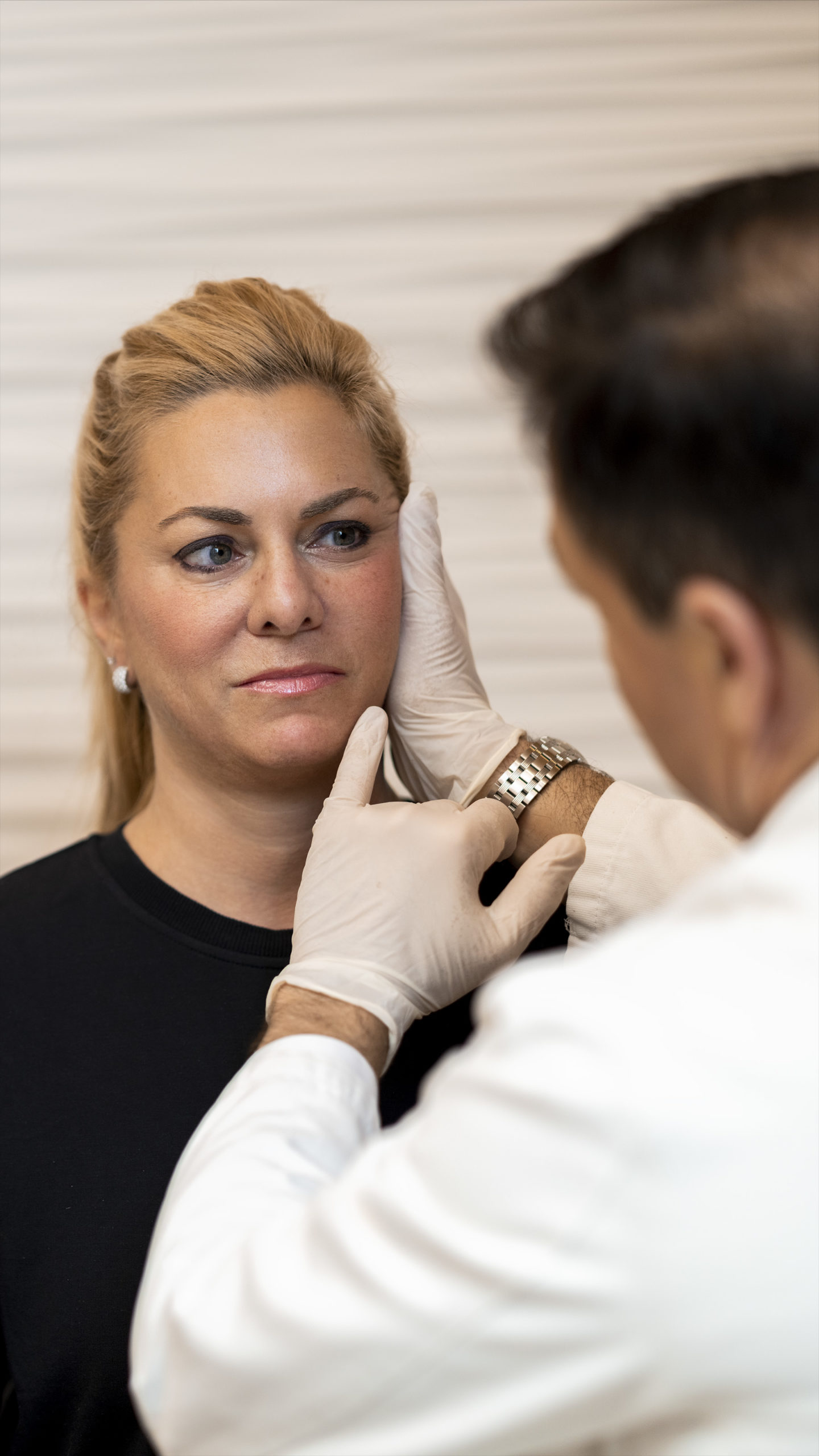

Why Choose Reflections Center’s Dr. Joe Fodero for Your Facial Fat Transfer
For the past century, plastic surgeons have been perfecting the fat transfer process to maximize the results. In making sure you make the most of your investment in fat transfer for facial rejuvenation, there are a few things you can do to make sure you get the very best results.
Choose a Skilled & Artistic Plastic Surgeon for Fat Transfer
The first is to choose a skilled, artful plastic surgeon with a great deal of experience in using fat grafting for facial rejuvenation. Fat grafting which restores lost volume is a 3-dimensional art form and really requires the surgeon to do a detailed analysis of the changes to underlying structural tissues in your face. This is one of the more technically difficult procedures in facial rejuvenation, but if done properly, you will look naturally refreshed for many years to come. Evaluate a surgeon’s artistic skill and see if their desired aesthetic matches yours by looking at their before and after gallery. Hint: you can find ours by scrolling up this page.
Choose an Experience of Deep Caring & Excellent Results
Reflections has a reputation as a practice that cares deeply, and our plastic surgeons are no different. What you can expect is excellent results – but more importantly, a warm, caring, and gentle bedside manner. Dr. Fodero believes he should do the right amount of surgery, and he’s not afraid to say no if he feels a procedure is not quite right for you. But once you have both agreed to do a surgery, he will become your lifelong advocate and friend. He’s exactly the kind of doctor you’d expect to find at Reflections.
Choose a Board Certified Plastic Surgeon Who Has Decades of Experience in Fat Transfer & Who Has Won Awards from Their Peers
Dr. Fodero not only studied and trained at the #1 institutions during his training to become a plastic surgeon, but he is also:
Board Certified in Plastic Surgery: Other plastic surgeons regularly test his knowledge and review his cases to ensure he is doing enough of this kind of work and at a good enough quality to maintain their seal of approval that he is a qualified plastic surgeon. He also has numerous awards from his peers recognizing his skill as a cosmetic plastic surgeon, which is important because when you do have complications, your peers are the ones who see those patients for second consults or revision work – and they’re your competition, so they have every reason to be honest about any shortcomings. Peer-based awards in plastic surgery are a uniquely good means of evaluating a surgeon’s real skill level.
Chief of Plastic Surgery at Morristown Medical: He was given this position to be the source of secondary consult for practicing plastic surgeons at the hospital who need guidance on tough cases, and a position that involves training and guiding up-and-coming plastic surgeons who are completing their training.
Other Treatments To Consider
Many patients are familiar with dermal fillers for restoring facial volume and smoothing deep wrinkles. Fat transfer provides a longer-lasting result than fillers, but fillers are often preferred by many patients for their familiarity and shorter recovery. We provide both of these procedures and will help patients determine which is best for them during their consultation.
These other treatments are options we often combine with facial fat transfer to make the most of your investment.
-
Facelift
Our most common combination approach for full-face rejuvenation is a facelift with fat transfer because this addresses both the sagging and looseness that happens with age, and the fat volume loss our faces experience with aging.
-
CO2 Laser
If you want to take your results up a level, aggressive laser treatment of the area (typically with a CO2 laser that's safe for all skin tones) will rejuvenate the skin, so that you get smooth, even-toned, soft, young-looking skin over top of the new youthful contours and fullness you've created in the face. This is the ideal.
-
Concentrated Microfat Injections
It makes the most sense, if you're already pulling fat from the midsection, to use some of that fat to concentrate down the multi-potent stromal cells for rejuvenation of the skin in the face as well. These procedures (fat transfer and micro-fat injections) become much more cost-effective when paired together.
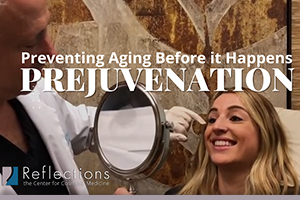
Blog
Prejuvenation: A Step-By-Step Guide
In a huge market of catchy-sounding trends, prejuvenation can seem like just...
Read More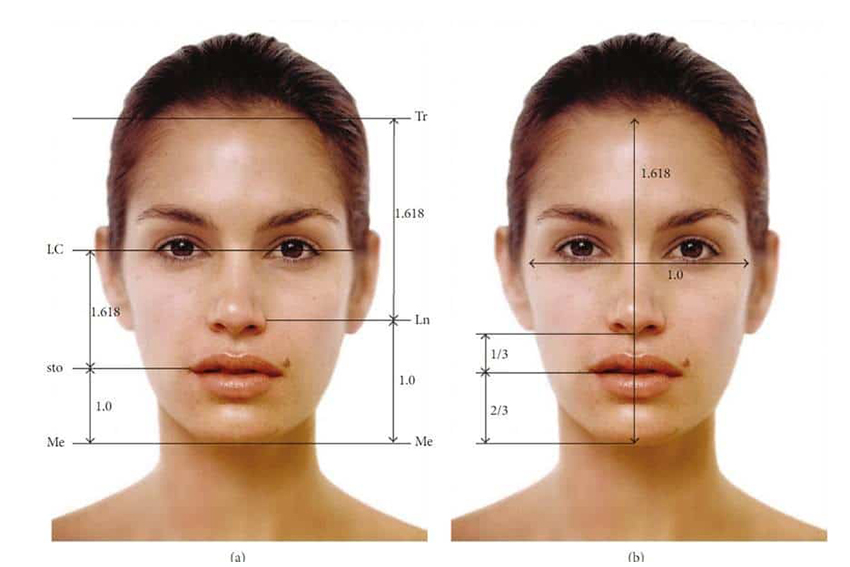
Blog
Filler Proportions for Different Races: Looking Natural is in the Details!
What Makes Filler Look Natural? We all know “bad filler” when we see it,...
Read More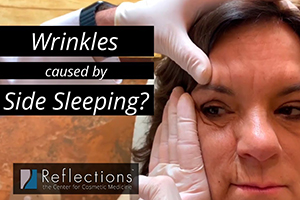
Blog
How Your Sleeping Position Can Cause Wrinkles— And What to Do About It
If you get a regular eight hours of sleep, then you’re setting yourself up...
Read MoreFrequently Asked Questions About Facial Fat Transfer
- What is important to remember for facial fat transfer recovery?
You should take precautions to protect the transferred fat during your recovery. Because there aren’t any suture lines, and most patients feel really good after surgery, we often have to remind patients that they are still in a recovery period after surgery. Your newly grafted fat cells will need to be protected from any physical trauma or compression that might cause them to lose blood supply. Establishing blood supply to these cells is the key to your fat surviving and thriving in its new home. During your consultation, we will discuss how to avoid any activities or movements that might cause undue stress or otherwise slow the healing process.
- Who is an ideal candidate for facial fat transfer?
When considering fat transfer for facial rejuvenation, patients should meet a few criteria to be considered ideal candidates:
- You should have excess fat – preferably in your abdomen or love handles. It doesn’t have to be a large amount of fat, but you do need some of your own fat to transfer (fat donors are not considered a healthy, viable option at this time).
- You should be willing to undergo a small surgical procedure to achieve long-lasting rejuvenation for your face
- You should be healthy and medically eligible for the procedure
- What is recovery like after a facial fat transfer?
After fat transfer, you will be swollen for a few weeks, and you will likely experience some mild bruising. Bruising can be covered with makeup during your recovery. Most patients feel “restaurant ready” about 5-7 days after their procedure.
You should limit certain activities, such as strenuous exercise and any unnecessary touching of your face for two weeks after your procedure to allow your fat to settle into its new home and establish a healthy blood supply. Most patients feel very comfortable throughout their recovery and require very little pain management.
When patients are sore, usually Tylenol is sufficient. Your surgeon and coordinator will be in close contact with you throughout your recovery, so if you feel discomfort, please do reach out. We give surgical patients a special phone number to call during their recovery so that they never have to wait for an answer or support.
- What is the pain level during recovery from a facial fat transfer?
The techniques our plastic surgeons use for fat transfer lend themselves to a speedy and comfortable recovery. With this procedure, our patients are very comfortable throughout the recovery, and usually don’t require medication beyond Tylenol. There will be some swelling and bruising. This is easily and safely covered by makeup.
- Are there any scars or tell-tale signs of facial fat transfer afrerwards?
Fat is transferred to the face with a cannula the same way we inject a dermal filler. There might be injection site redness for a day or two afterward, similar to what you would expect with a vaccination. It is highly unlikely that would ever turn into a visible scar.
- Will I have to go under with general anesthesia for my facial fat transfer?
No – our office is proud to offer patients an alternative to general anesthesia: Comfort Calm Local Anesthesia. During your procedure, you will be gently awake and completely relaxed with Comfort Calm Local Anesthesia. Our private, state-of-the-art surgical suite feels more like an oasis than an operating room. You’ll be able to listen to relaxing music and speak with your nurses and surgeon. Most of our patients doze in and out during the procedure.
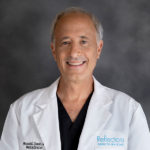
Dr. Mitchell Chasin is a Cosmetic & Laser Physician at Reflections Center. Dr. Chasin believes strongly that the best cosmetic physicians are those who are dedicated to mastering their craft through continuing education and collaboration with the industry’s top doctors.



